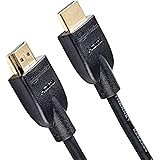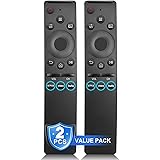
Home theater is all about enjoying movies, TV shows and video games in a cinematic and immersive environment (popcorn optional). Technology has democratized the home theater experience with innovations such as soundbars and smart TVs. But to get the best performance, a well-designed home theater network is crucial.
The most important component in any home theater system is the AV receiver. It processes all input channels, output signals and networking connections. It can accommodate multiple media sources, like Blu-ray players and streaming devices as well as cable and satellite boxes. It also plays back a variety of file formats, including high-resolution 4K. It can even support Dolby Atmos and DTS:X surround systems.
It’s critical to design your home theater around a central hub, the AV receiver, so you have access to all of your favorite content. This will ensure you’re able to enjoy your music, videos and games as well as the latest HDTVs, 4K televisions, and virtual reality experiences.
A centralized hub can be easily set up with the right networking equipment and a good understanding of how to configure the network. In addition to the AV receiver, you’ll need a wireless router or home automation hub (e.g., an Elan system), Ethernet switches and Cat5/6 cables to connect all the components.
If you are setting up a wired home theater, plan ahead and lay out the wiring before starting. This will make the process much easier and help prevent mistakes that could degrade audio quality. For example, do not use composite video cables; it’s important to upgrade to component video to avoid signal loss. RCA audio cables, which have two round RCA connectors (one red and one black), are still in common use; however, they should be replaced with higher-quality, multi-stranded, shielded Cat5/6 cables.
While you’re at it, consider installing a wireless speaker system to eliminate the hassle of running and hiding all those speaker wires. However, before you buy a wireless speaker system, be sure it’s compatible with your AV receiver and TV.
Another way to reduce the clutter of wires is to install an under carpet wire concealment hack. This involves cutting into the floorboards near the walls and running a flat wire, which is then tucked under the carpet along the bottom of the baseboards. If you’re planning to do this, be sure to hire a professional.
A growing trend in home theater is integrating voice assistants into the setup. These devices are great for hands-free control of your system. For example, you can ask it to play a specific song or playlist. It can also answer questions about your media library and offer search suggestions. A wide range of smart speakers and soundbars are available that have built-in voice assistants, making it easy to control your entertainment.
A home theater-in-a-box package eliminates compatibility issues among different components. It includes an AV receiver, a pair of speakers and a subwoofer – all from the same brand. This gives you peace of mind that your whole system is optimized, and it can deliver the best possible experience for your home.









